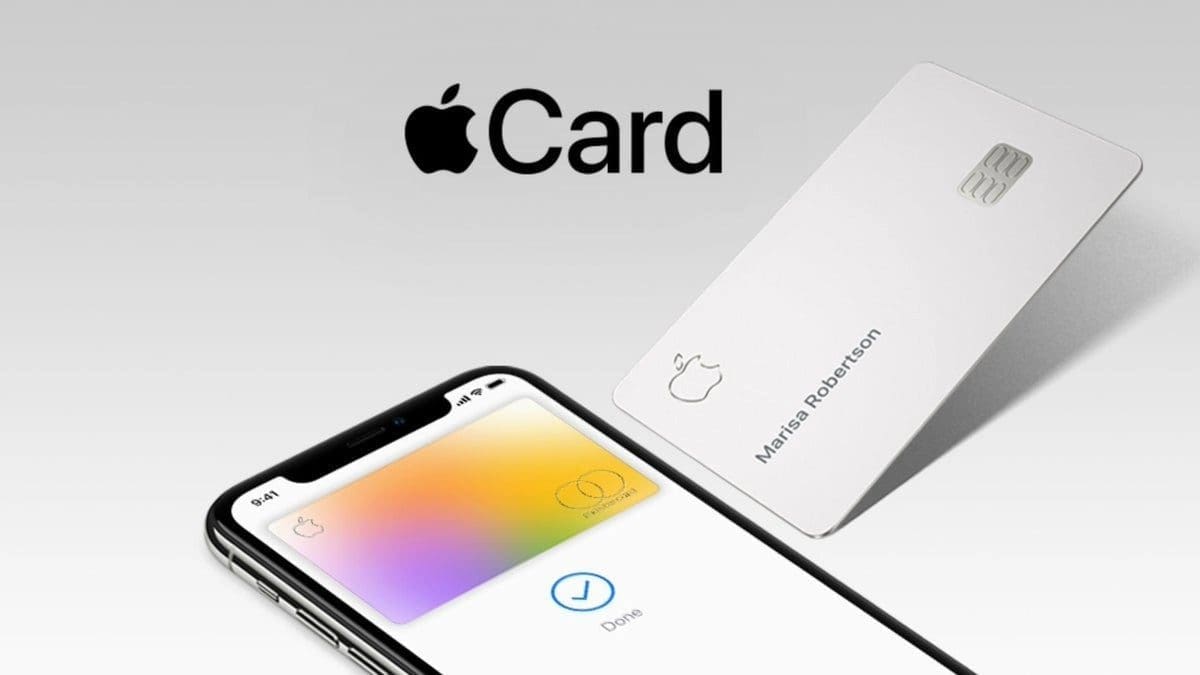When it comes to phone displays, OLED technology has been making waves in the telecommunications industry. The debate between single-layer OLED and double-layer OLED screens has been a hot topic among tech enthusiasts. Let’s dive into the differences between these two technologies and see which one might be the right fit for your next device.
### **Single-layer OLED Screen Technology Explained**
– **What is it?** Single-layer OLED screens are built with a single layer of organic compounds that emit light when an electrical current is applied.
– **Benefits:** These displays offer excellent color accuracy, high contrast ratios, and flexibility.
– **Drawbacks:** They may struggle with peak brightness, have a shorter lifespan, and are susceptible to issues like burn-in.
In summary, single-layer OLED technology provides vivid colors and deep blacks in a thin and energy-efficient design but faces challenges with burn-in, brightness, and lifespan.
### **Double-layer OLED Screen Technology Explained**
Building upon the single-layer approach, double-layer OLED technology introduces an additional layer of organic light-emitting compounds. Here’s what you need to know:
– **Advantages:** Increased brightness, improved longevity, enhanced color accuracy, and resistance to burn-in.
– **Considerations:** Slightly thicker than single-layer OLED screens and potentially higher manufacturing costs.
Double-layer OLED screens aim to enhance brightness, color accuracy, and durability while maintaining the advantages of OLED technology. These screens are more suitable for devices with static images or interfaces due to their improved resistance to burn-in.
### **Single-Layer vs. Double-Layer OLED (for Foldables)**
Phone makers face a dilemma when it comes to foldable devices – should they choose single or dual layers for their next folding phone? While single-layer OLED screens are thinner and more flexible, double-layer OLEDs offer improved brightness but come with slightly increased thickness.
### **Apple Taking Notes on Dual-Layer OLEDs**
Apple is expected to adopt dual-layer OLED technology in its future devices. The company is known for its innovation in display technology. It will be interesting to see how Apple integrates this new technology into its products in the coming years.
### **Do You Care About Dual-Layer OLEDs?**
As dual-layer OLED technology becomes more prevalent in the market, consumers may start seeing this display option in higher-end devices. While the price point may be a consideration for some, the benefits of improved brightness and durability could outweigh the cost for many users.
In conclusion, whether you prefer thin displays with a tendency for burn-in or slightly thicker displays with vibrant colors and extended lifespans will depend on your personal preferences. Keep an eye out for upcoming devices featuring double-layer OLED screens as this technology continues to evolve in the telecommunications industry.










